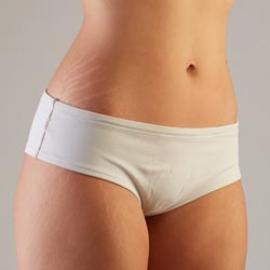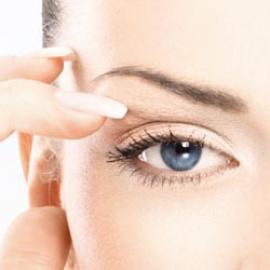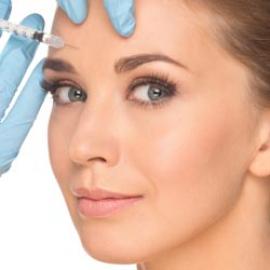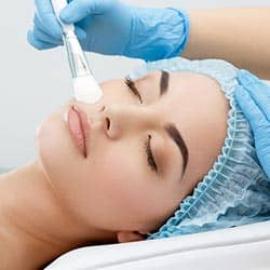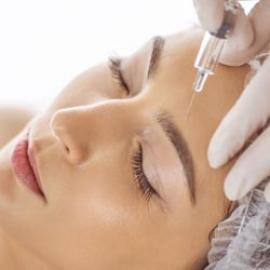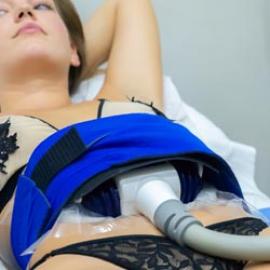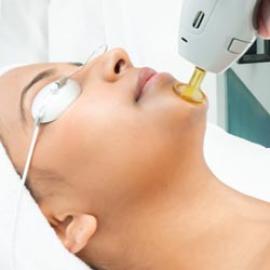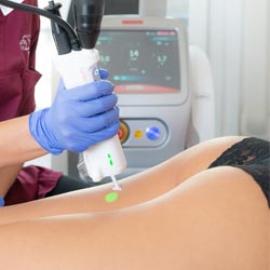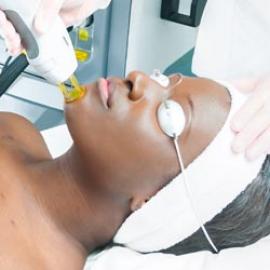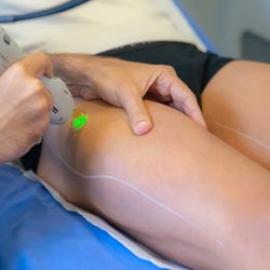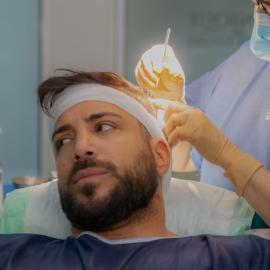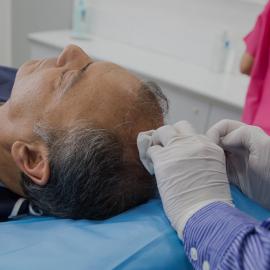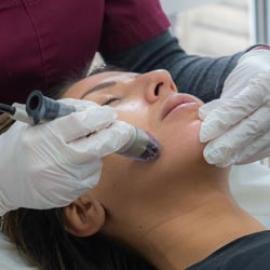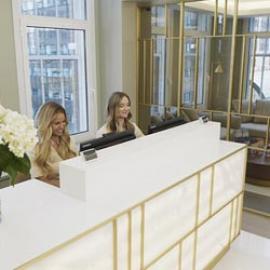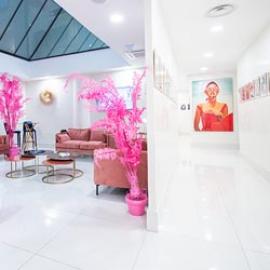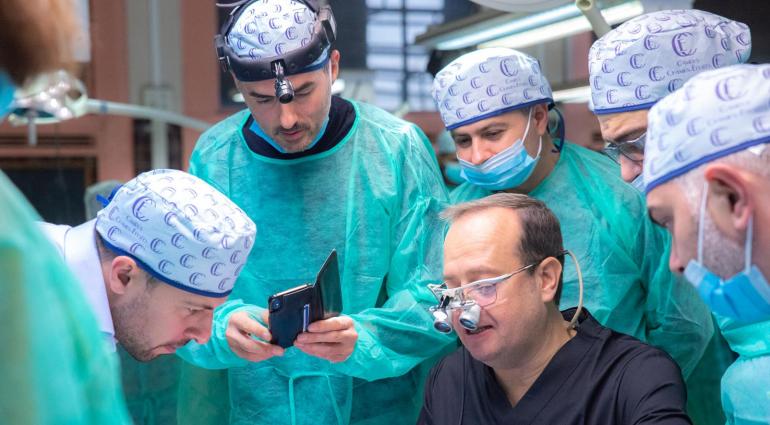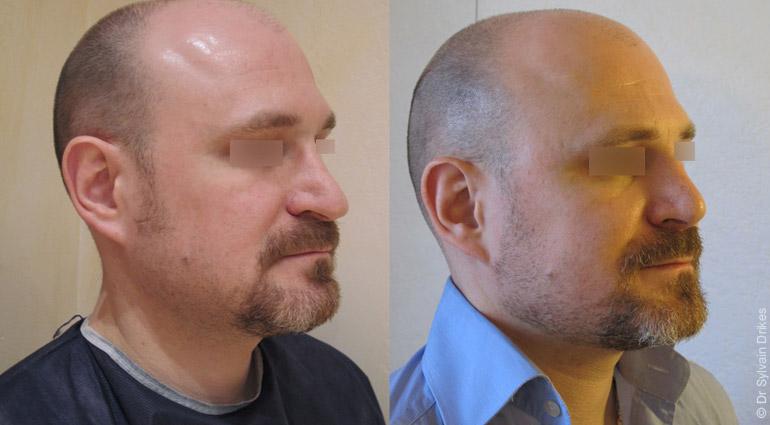
In cosmetic surgery, rhinoplasty is one of the most common procedures for both men and women. In reality, the nose has an important role in the character traits of your face. Sometimes too prominent or damaged, the nose may be a source of aesthetic discomfort. Your psychological well-being can be restored by rhinoplasty.
The rhinoplasty method
Rhinoplasty is a cosmetic surgery that involves remodeling or repairing the nose
Patients may have a variety of reasons for resorting to this surgery, such as for esthetic reasons. Either you don't like the shape of your nose or you have a hooked nose, aquiline, rolled up, flat or snub. Yet rhinoplasty can also correct larger aesthetic anomalies such as congenital abnormalities. In addition, in some cases, a rhinoplasty can be performed on a patient who, after an accident or ablation, wishes to repair his nose. We're going to learn more about restorative rhinoplasty.
Whatever the justification for rhinoplasty, this is a radical and permanent approach to correct cosmetic defects in the nose and to harmonize facial features.
Nasal reconstruction
The rhinoplasty : how the procedure works
Before surgery, it is important to make a first consultation appointment with your surgeon. You will have the opportunity to express your esthetic needs, and your physician will make an accurate diagnosis of your problem. The surgeon will review all contraindications and ensure that there are all indications for such a procedure.
During rhinoplasty, the surgeon will perform incisions inside the patient's nose at the level of each nostril. In certain cases, an incision can be made outside the nose, around what we call the columella, to make it easier for the surgeon to reach the nasal structure. When the incisions are made, the doctor will reshape the structure of your nose:
- Reducing a bump
- To reassemble or extend the tip of the nose
- Reshape the tip of your nose
- Reduce the size of the nose, length or width of the nose.
- Fix a deviated nose
- Improve the appearance of a bridge in the nose
- Complete reconstruction of the nose: tissues, mucous membranes, cartilage and bone structure;
After a rhinoplasty, the patient should wear a cast or splint to cover the nose. The onset of the oedema and bruising occurs after the operation and disappears with time. The patient may have a minor loss of smell and taste. This is due to inflammation of the mucous membranes in the nose. Be assured, this is short term.
Patients should resume their social and professional activities 10 days after rhinoplasty.
Nose surgery: anesthesia, duration of the procedure and hospitalization
Rhinoplasty is done under general anesthesia. The length of the intervention is estimated at 1h30 and 3h. One night of hospitalization is required so that the medical staff can make sure that you are in good health.
Rhinoplasty: results
The results obtained after the rhinoplasty occur gradually, although some of the changes are instantly apparent. The loss of the hump can be seen after the removal of the splint and we can begin to assess a more convincing outcome after two to three months. The patient will have to wait 6 months to 1 year to get the complete result.
Why is there such a long waiting period? Simply because the skin that protects the bone and the cartilaginous structure of the nose has to be re-adjusted to the new shape of the nose. The time the skin takes to retract relies on the way it heals and the elasticity of the skin. Evolution is quicker for thin skin than for thick skin. Age also plays an important role because the younger you are, the more elastic your skin is.
The aim is to obtain a nasal appendage that satisfies the needs of the patient, to respect the proportions between the various sections of the nose so that it fits naturally on the face.
It should be remembered that, in the event that the patient is not pleased, it is possible to rework after one year.
Book your Appointment for a Rhinoplasty
Consultation for new clients is required.



















